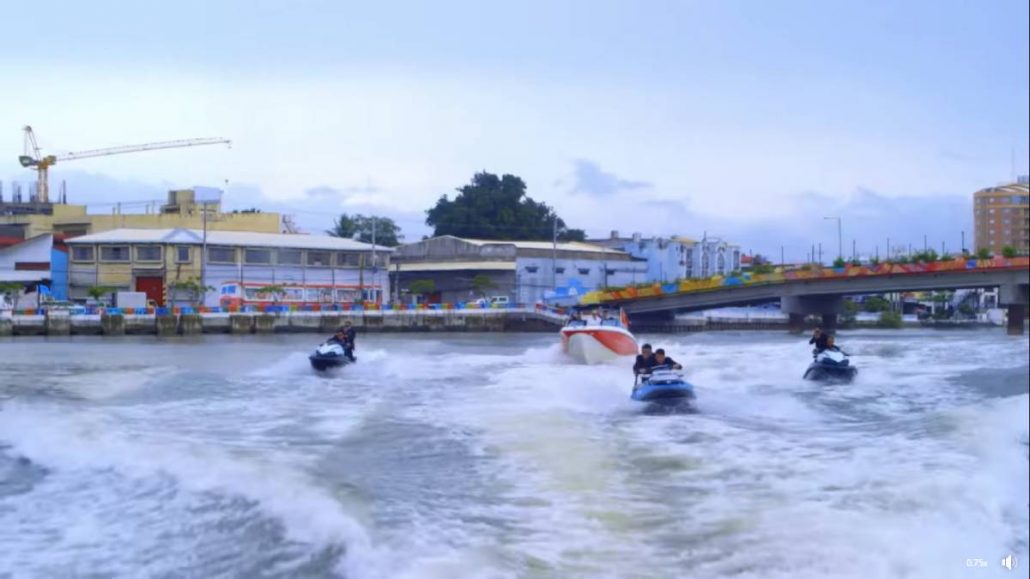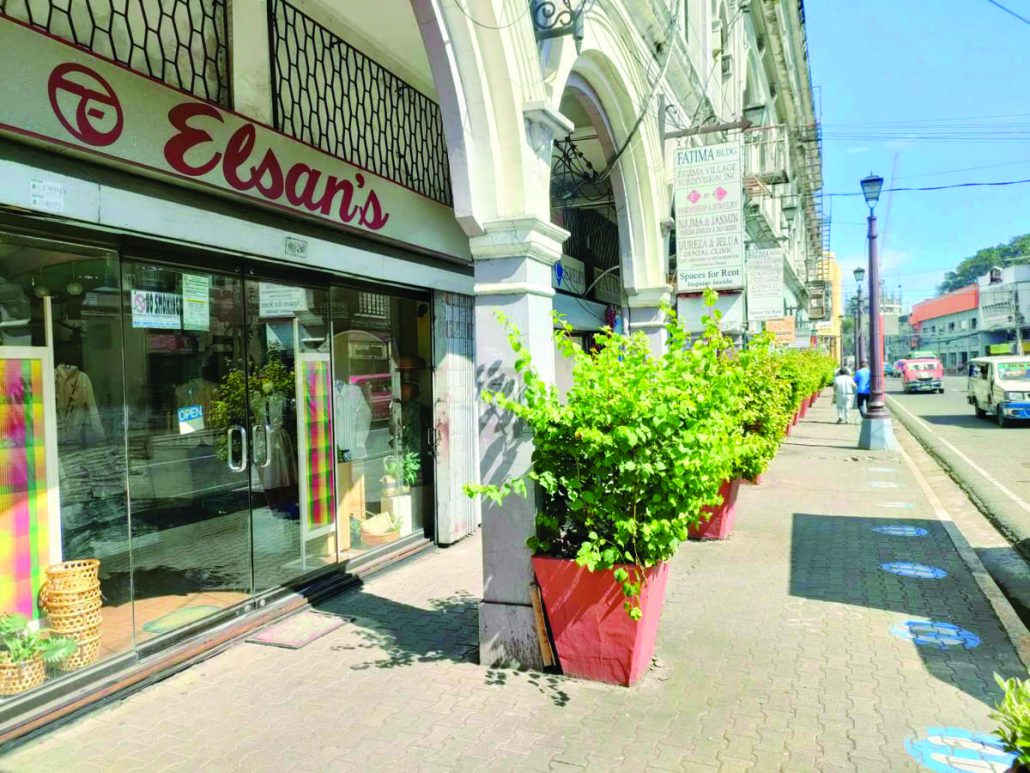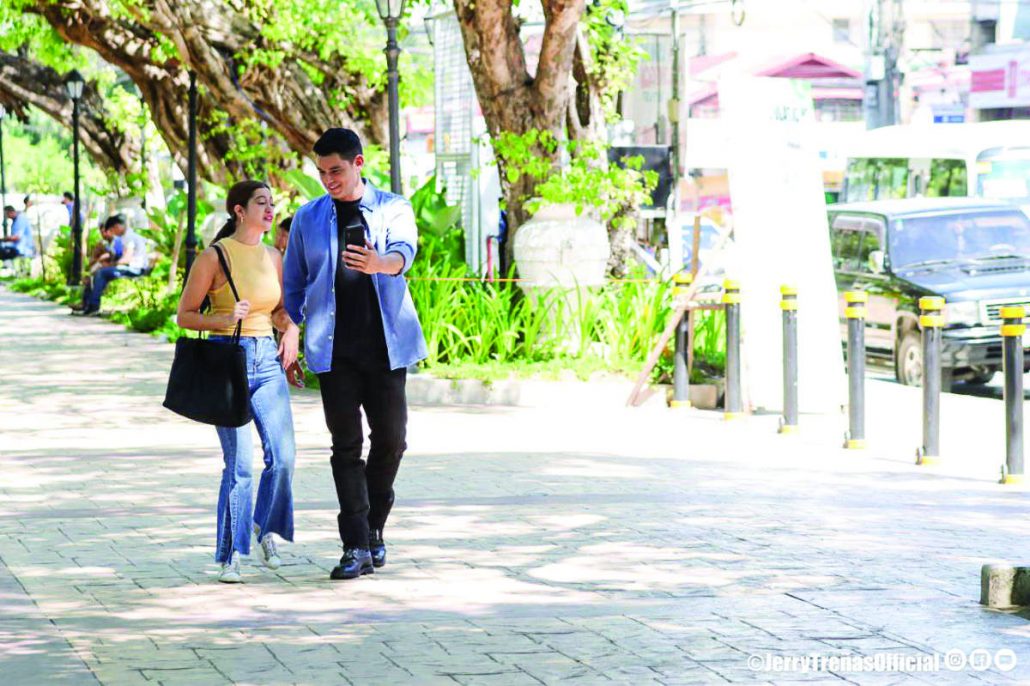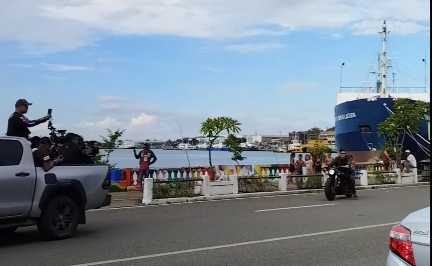BY RHENJIE MARIE CALANTAS
ILOILO CITY is strategically located at the heart of the Philippine Archipelago. It is home to historical landmarks, heritage homes, and a gastronomic haven.
That said, Iloilo is being featured in the action-drama series “Iron Heart,” showcasing the city’s breathtaking landscapes, historical landmarks, and diverse culture.
For three months, it is also home to the cast and crew of the television series.
Meanwhile, Mayor Jerry Treñas expressed delight over the selection of Iloilo City as the filming location of the second season of ABS-CBN’s hit series.
Here are some snaps around Iloilo City that you might have already seen in the released episodes of “Iron Heart.”
ILOILO RIVER
The Iloilo River is an estuary river that starts in Oton at the Batiano estuary, then traverses through the Iloilo City districts of Lapuz, La Paz, Mandurriao, Molo, Arevalo and the City Proper before emptying into the Iloilo Strait.


The Iloilo River serves as a nursery for fish species such as bangus and tilapia and is a home for 22 of the country’s 35 mangrove species.
CALLE REAL



Calle Real is a historic street in the old downtown district of Iloilo City Proper, referred to as the “Escolta of Iloilo.” It is home to several fine neoclassical, beaux-arts, and art deco buildings.
Its heritage classification has been enlarged into the Calle Real Heritage Zone, encompassing J.M. Aldeguer, Mapa, Ortiz, Muelle Loney, Solis, Rizal, and Iznart streets and thoroughfares (from Chinese Arch to Iloilo Central Market).
SUNBURST PARK


The Sunburst Park was named after the U.S. Army’s 40th Infantry “Sunburst” Division, which assisted in the liberation of Panay from Japanese authority at the end of World War II.
It was once called Plaza de Aduana, after the Spanish term for customs. The Tourism Infrastructure and Enterprise Zone Authority formally turned over Sunburst Park to the city government on Jan. 11, 2018.
MUSEUM OF PHILIPPINE MARITIME HISTORY


Iloilo City has a long history of generating highly competent sailors who have significantly contributed to the global marine sector.
The Museum of Philippine Maritime History highlights the country’s rich nautical heritage and displays ancillary facilities such as the “parola,” custom house, maritime traditions, and significant tragedies.
The museum lies on the magnificently restored historic Customs House at Muelle Loney and Aduana streets.
MUELLE LONEY


Muelle Loney (pronounced Mool-ye) refers to Iloilo’s River Wharf and the street on the river’s western bank. It is now utilized as a port for inter-island vessels such as ferries and “roll-on, roll-off” boats traveling between Iloilo and Bacolod. Every day, many pass by Muelle Loney, unaware of its pivotal role in establishing the wealthy sugar industry in the Visayas during the 1800s and 1900s.



